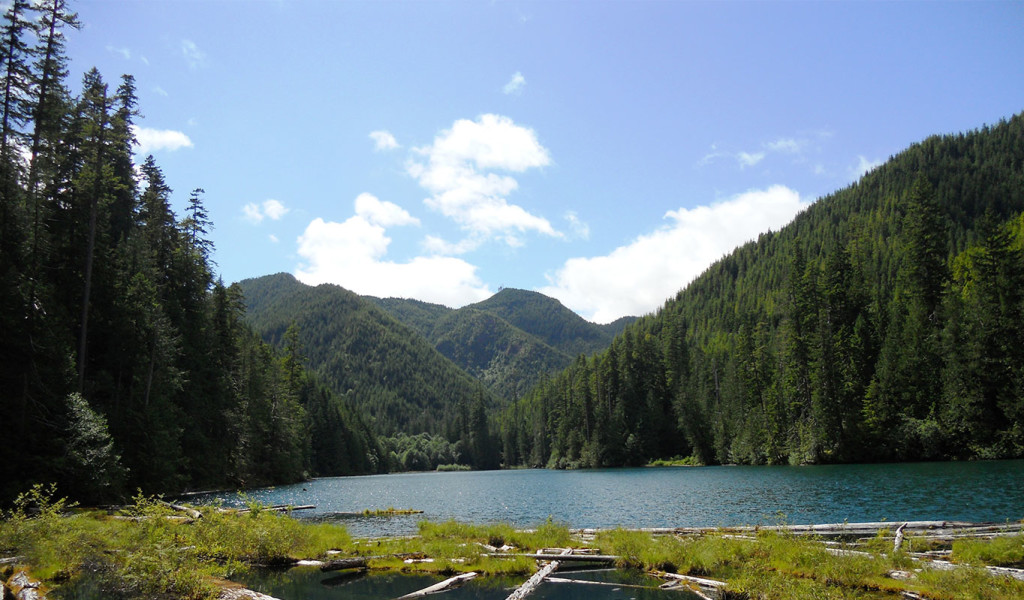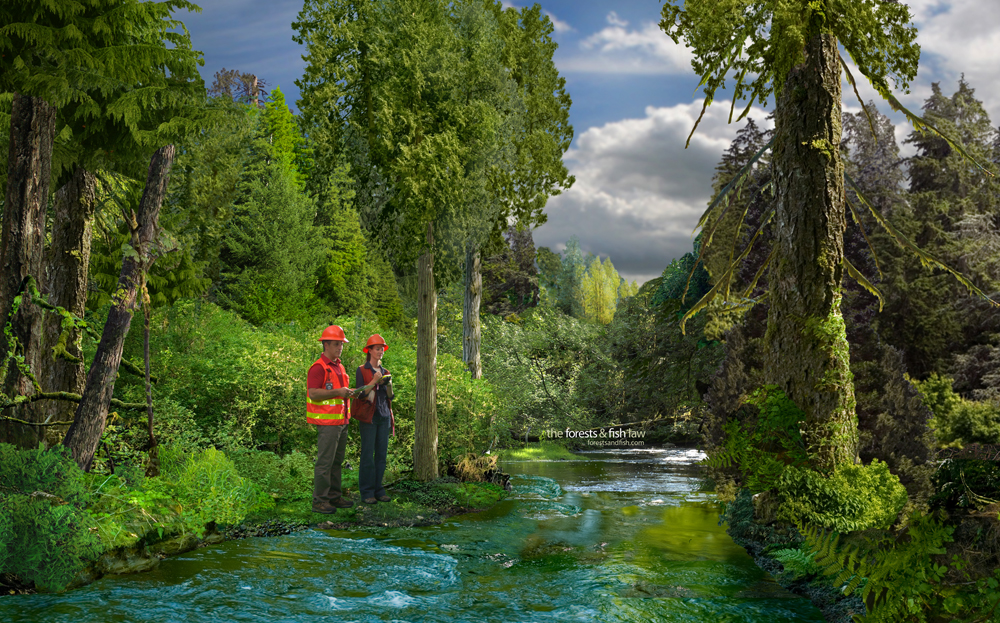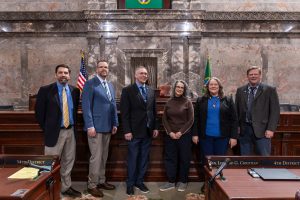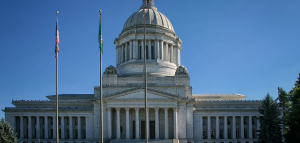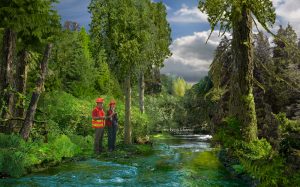WASHINGTON FOREST PROTECTION ASSOCIATION
Habitat Conservation Plan
Washington State’s Forest Practices Habitat Conservation Plan (FPHCP) represents a groundbreaking 50-year partnership with the federal government. This plan, known as a Habitat Conservation Plan (HCP), operates under the Federal Endangered Species Act (ESA). Its primary aim is to safeguard endangered or potentially endangered plant and animal species, along with their habitats. The HCP serves as an innovative conservation initiative within the ESA framework and fosters cooperation between landowners, local governments, and federal agencies, incorporating species conservation into land management practices. With over 475 approved HCPs spanning almost 31 million acres across the United States, these plans aim to mitigate conflicts and promote collaboration between the public and private sectors.
Federal Services Approve Statewide Habitat Conservation Plan – A First in the Nation
THE FIRST OF ITS KIND IN THE NATION
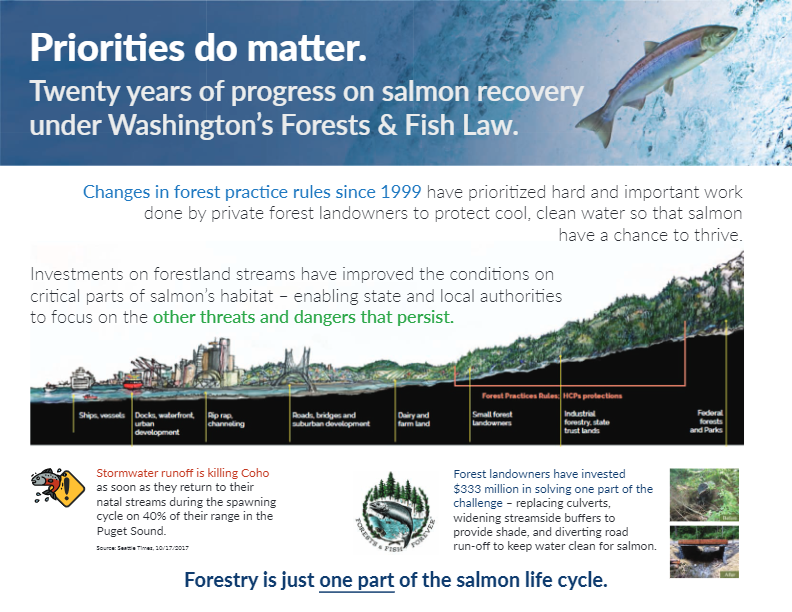
On June 5, 2006, the U.S. Fish & Wildlife Service and NOAA Fisheries formally endorsed the Forest Practices Habitat Conservation Plan. Also recognized as the Forests & Fish HCP, this programmatic HCP applies statewide, covering 60,000 miles of streams and 9.3 million acres of forestland. It was initiated under the Forests & Fish Law and ensures that forestry practices in Washington State align with the requirements outlined in the federal Endangered Species Act, offering assurance to landowners. This conservation plan, unique in its comprehensive scope and collaborative development, spans 50 years and focuses on enhancing the protection of Washington’s streams and forests. It brought together local, state, and federal government entities, tribal nations, and forest landowners in its formulation. The HCP employs adaptive management to maintain its relevance, featuring well-defined resource objectives to safeguard fish habitat and water quality. Furthermore, it incorporates an extensive scientific research and monitoring program to evaluate the effectiveness of these objectives. If objectives are not met, the plan outlines a systematic process for implementing necessary changes to ensure the continued protection of fish habitat and water quality.
WORKING FORESTS ARE A PREFERRED LAND USE
Private, State, County, and Tribal forest landowners have allocated nearly 2.6 million acres to conserve streamside buffers for fish and wildlife species. This area accounts for over 20% of their working forests, a commitment driven by Washington’s stringent forest practices laws and the Forests & Fish Law. This comprehensive set of forestry regulations, endorsed by the federal government through Washington’s 50-year Forest Practices Habitat Conservation Plan, underscores the dedication to conservation efforts.
INCENTIVES FOR CONSERVATION
Working forestlands offer an array of significant benefits to us all, including clean water, clean air, picturesque landscapes, open space, fish and wildlife habitats, and recreational opportunities. Additionally, they sustain a thriving forest products industry that contributes to local communities through economic gains, including employment opportunities, tax revenue, and environmentally conscious, locally sourced wood products. Choosing structural wood over less eco-friendly building materials yields substantial environmental benefits. These advantages can only be realized if we preserve working forests on the landscape. Encouraging conservation and maintaining working forests benefits everyone.
